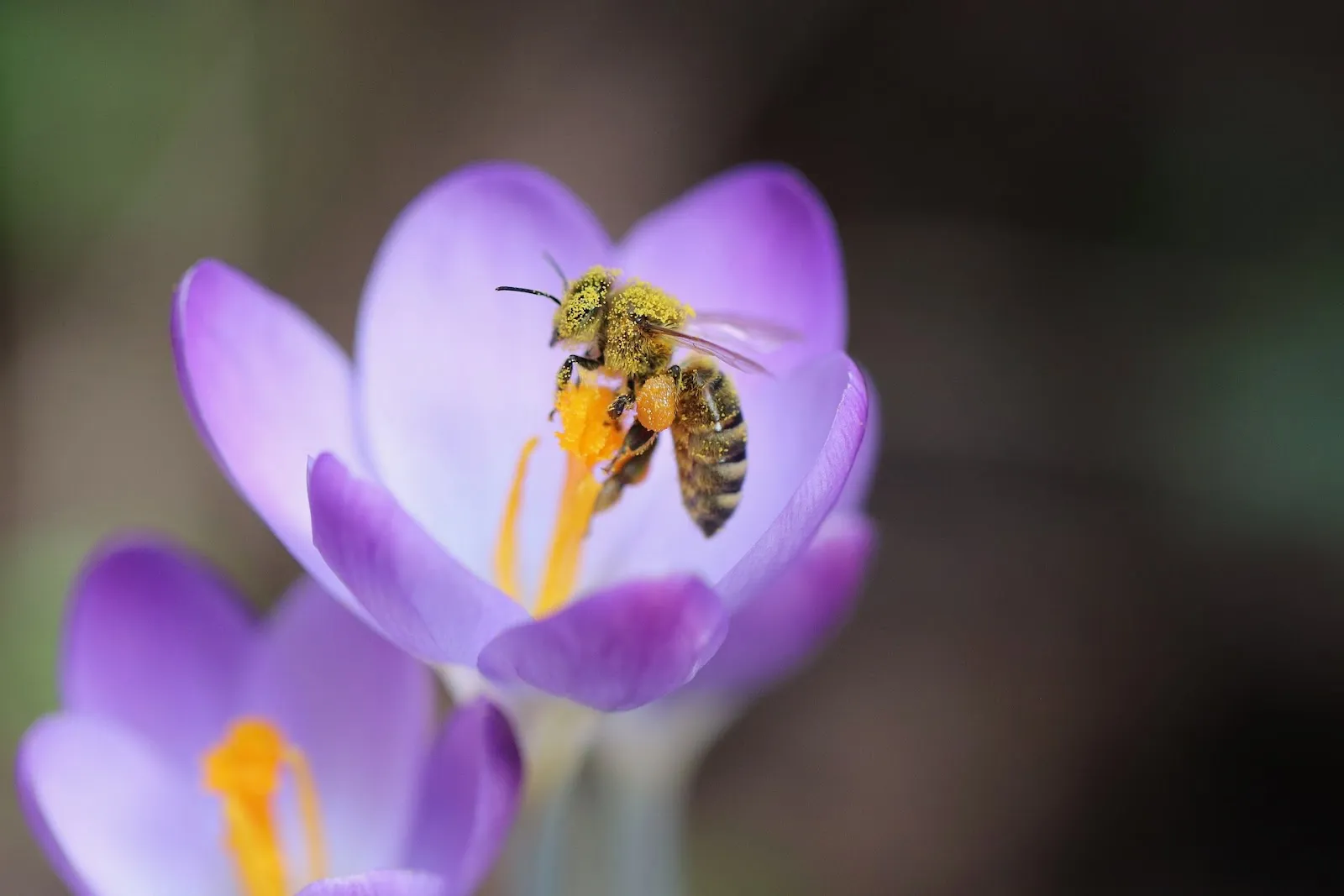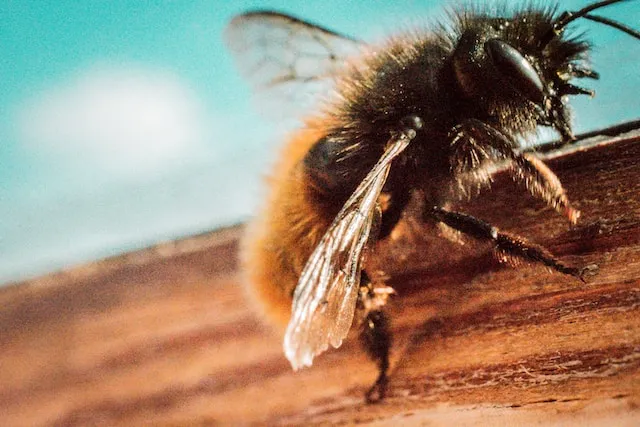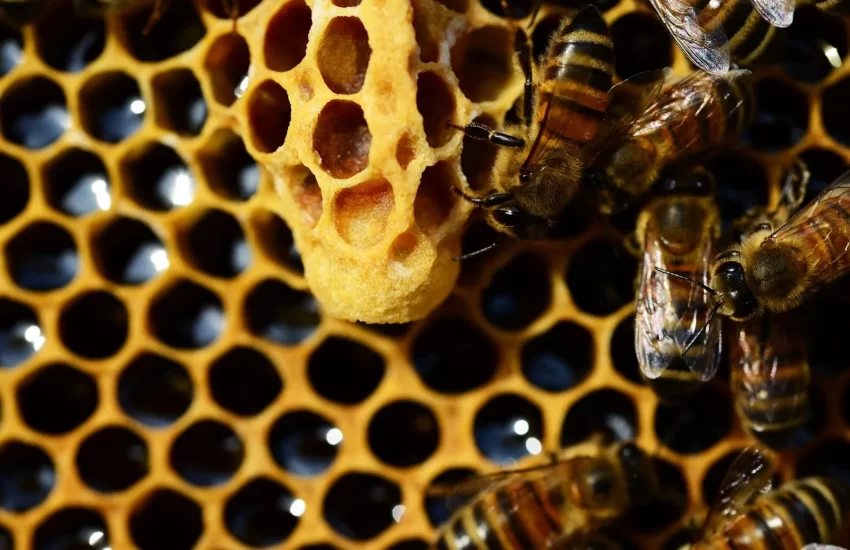What colors should you avoid around bees?
Bees see colors differently from us. And while we prefer some colors to others, they also tend to have distinct color preferences as well. That’s why they are attracted to some colors and not others. Besides scent and shape, the color of the flower is a crucial determinant of whether a honey bee will visit a flower or not.
Similar Articles you may like to read –
What Temperature Is Too Cold For Bees?
What Is The Biggest Problem For Bees? Threats To Honeybees
What Color Bees Cannot Recognize?
Are queen bees born or made?
Are bees active at night?
What colors should you avoid around bees?
Bees are thrilled mainly by blue, yellow, and purple colors. They also perceive the orange, violet, and ultraviolet colors. It is true that wearing some colors makes you vulnerable to bees, especially if you are around their home. They also hate black, red, and brown colors. Red appears dark to them. When you wear their favorite colors, they will buzz around you, assuming you are a huge mobile flower. After realizing you are not a flower as they perceived, they may get irritated and sting you.
Dark colors resemble those of their predators. They will take the dark colors as a signal of attack by predators such as bears and skunks and will most likely sting to protect themselves and their colonies. Dark colors make the bees aggressive. Most dark-colored flowers are usually pollinated by moths or bats.
Best Colors to wear around bees?
You can stay out of the bee’s vision by wearing pale colors. The best colors to wear around them are light and smooth ones, such as white, beige, and light brown. They cannot perceive pale or grey shades and will often ignore them. You should also avoid floral scents or lotions on your body.
How does a bee see? Is it different from humans?
It may surprise you, but bees have excellent vision. They rely on their vision to locate flowers which help to pollinate about 80 percent of our crops. Like humans, they are trichromatic. This means they have three different photoreceptors in their eyes capable of perceiving a specific spectrum range. And by combining signals from the three photoreceptors, they can differentiate colors. While we see red, green, and blue wavelengths, bees’ primary colors are blue, green, and ultraviolet. Bees possess receptors that help them to distinguish color faster than us. They are also able to see polarized light. Unlike us humans, who have two eyes, bees have five eyes: 3 simple eyes and 3 compound eyes.
More articles you may like to read –
What kills honey bees?
Do Bees Fly In The Rain? Where Do Bees Go When It Rains?
Do Bees Recognize Their Owners?
Do Bees Try To Get Revenge?
Do bees see when it gets dark?
Only a few bee species, such as the Indian carpenter bee, can see and actually forage in the dark. Most bee species are diurnal. In the tropics, where most flowers bloom at night, some bee species have adapted to night vision to take advantage of the blooms. Other species prefer the night to beat competition since most bee species forage at night. While the Indian carpenter bee can roam around in the darkest of nights, other species may require the moonlight to see around.
Why do beekeepers opt to wear white clothes?
Bees don’t see the white colors since it is not on the visual spectrum. It minimizes the chances of being stung by the bees as they are unbothered by the color. Most beekeepers inspect their hives on sunny days. The white color reflects light making it comfortable for the beekeepers working on hot days.



